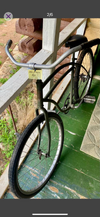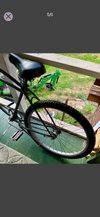Oh I know, this is exactly the kind of work I do as a day job. I have had commissions for parts modeling using 50k+ scanners, and even those require cleaning and reworking for a printable print in the work pipeline. On projects that are using hobby- or personal-grade scanners (<6k), those scans are really just guidelines, and I am scratch-modeling a completely new mesh with that data just as a reference. With the 100+ scans I've worked with over the last few years, only one was useable as-is, and even that particular organic scan still had to be stitched up in a few places.Having already gone down this road, I will caution that 3D scans are not readily useable without a lot of post-processing. The model is basically a point cloud with a wrapper that has been placed around it. I modeled the siren housing due to resolution issues with 3D scanning. They often do not provide crisp prints.
View attachment 1946039
I love the scan technology and it is absolutely an asset to some projects, but we are a long ways off from an affordable scanner and process software that is a one-stop shop with little or no clean up. I am working with a member to put together a 'fresh' siren using scans, but (as you said) there is still a lot of legwork to take that reference material and turn out an accurate set of parts. I'm expecting a good 10-12 hours of work even with good scans, and I'll still need a lot of reference measures taken to confirm stuff as 'simple' as making sure repro decals will fit as they should and the additional rear details are correct to the original siren.



